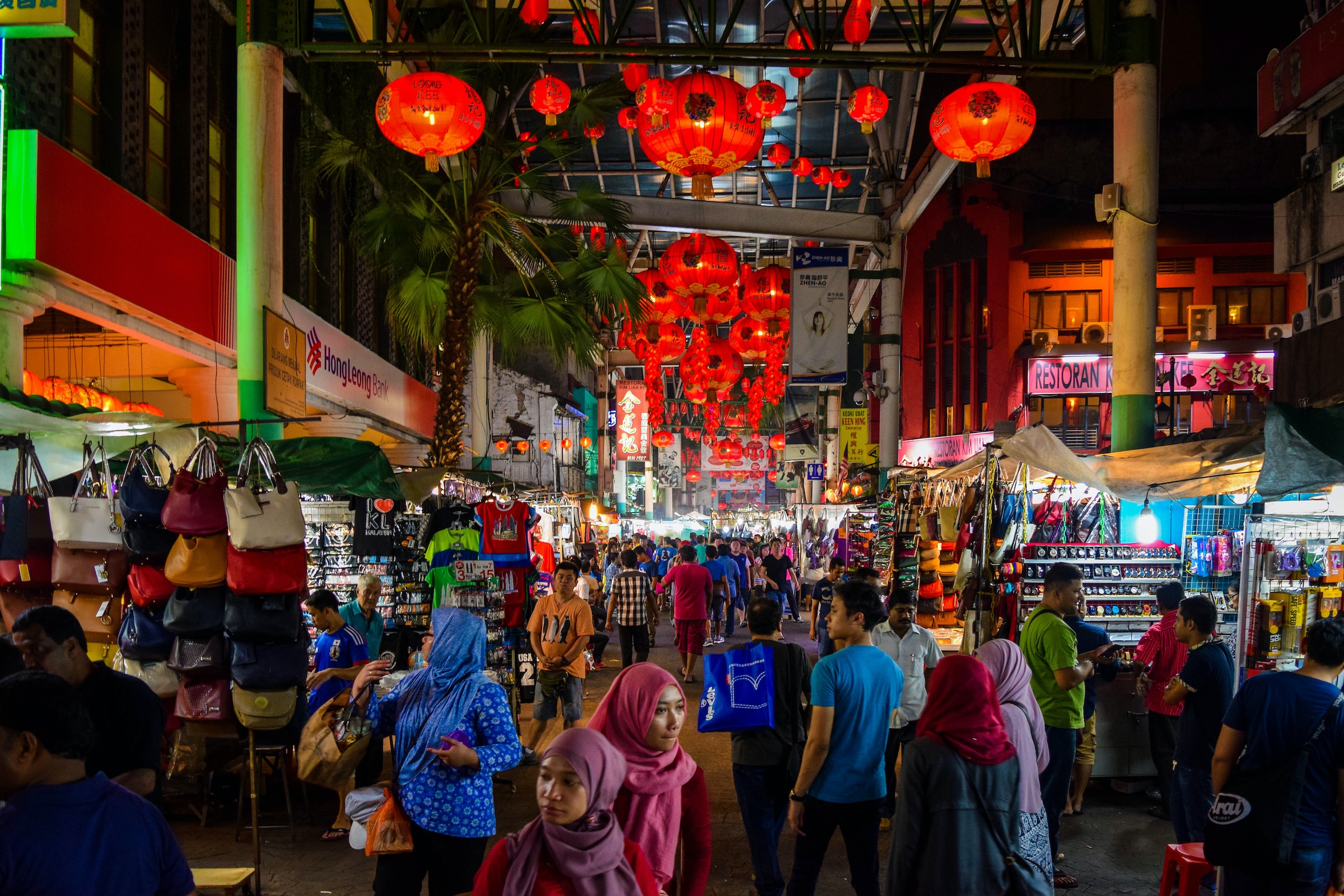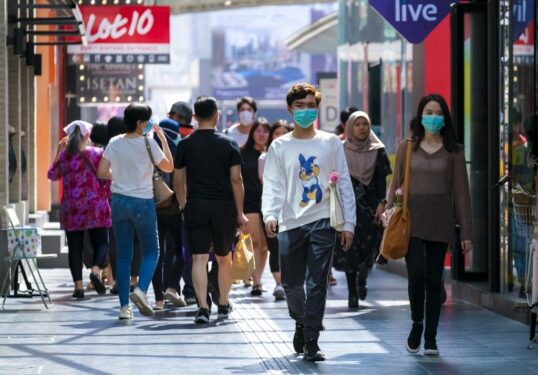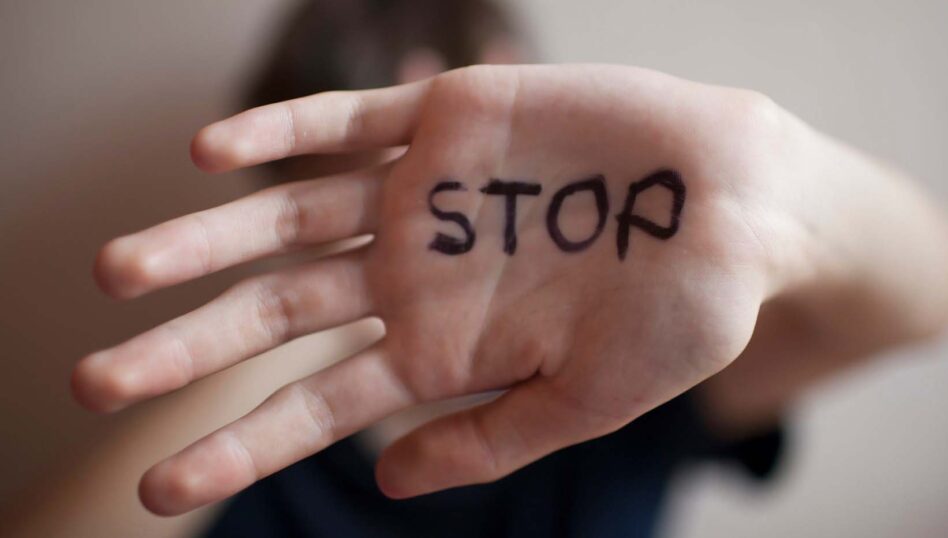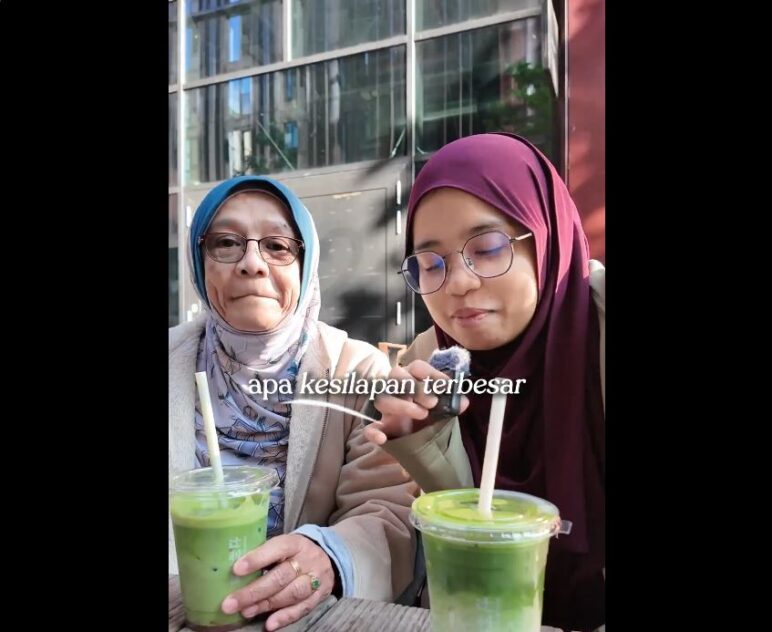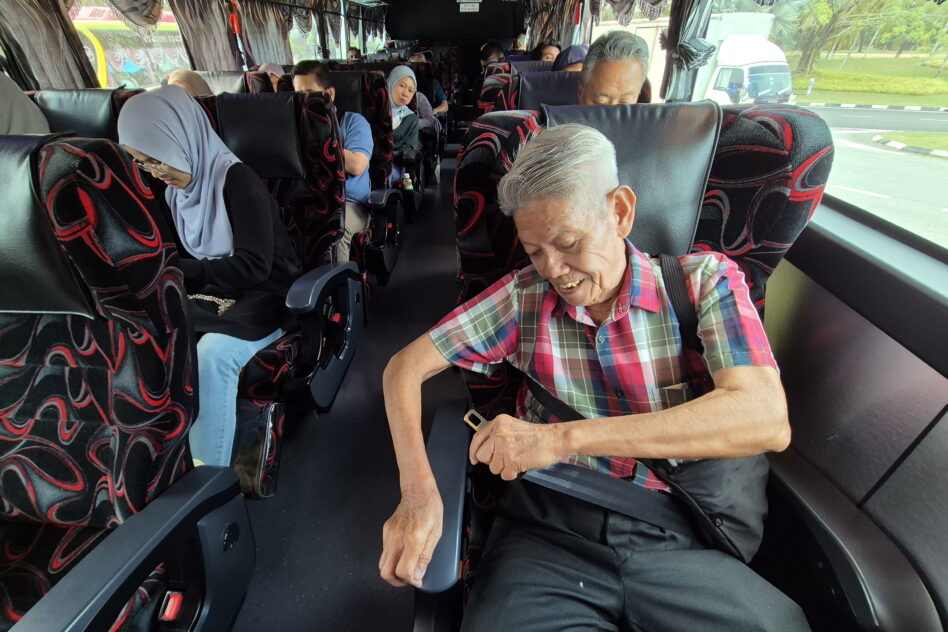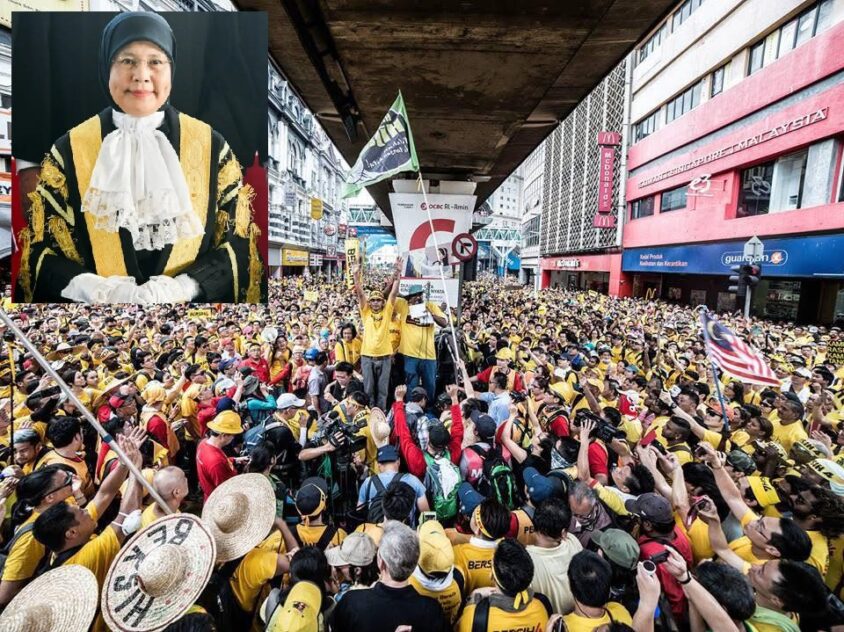IN 2012, taxi drivers were labelled as tourism ambassadors and so I felt a sense of déjà vu reading the heading of a recent report ‘We are all ambassadors’ that tourism authorities want every Malaysian to play their part in making Visit Malaysia Year (VMY) 2026 a success.
Tourism Malaysia director-general Datuk Dr Ammar Abd Ghapar was reported to have said, “Whether they are in the big city of Kuala Lumpur or living in a small village in the interior of Sabah, Malaysians are the most convincing little ambassadors as they know the country best”.
The above statement is fine, but the heading is rather sweeping. In any case, no message can ever reach all Malaysians, and there will be little or no change even for those receiving it. Sadly, most so-called trainings were nothing more than briefing sessions and therefore ineffective.
In July 2012 for example, the Tourism Taxi Ambassadors programme was launched by then prime minister Datuk Seri Najib Razak at Dataran Putra. In attendance were then tourism minister Datuk Seri Dr Ng Yen Yen, several other cabinet ministers, and more than 500 taxi drivers.
Training had commenced earlier in March and as of June 28, about 2,315 taxi drivers have been selected to undergo training. It was reported that some 4,000 taxi drivers will be appointed as ambassadors after they have completed a one-day course at the Malaysian Tourism Centre.
During the launching ceremony, Najib told taxi drivers they are the “pulse of the ecosystem” for tourism as they meet and interact with tourists who come to the country, and well-trained taxi drivers can help shape and improve tourists’ perception of Malaysia.
He said, “If taxi drivers are polite, courteous, and customer-friendly, speak good things about the country, and show a positive attitude, tourists will feel welcome. Tourists meet thousands of taxi drivers and through their interactions, tourists’ perception of Malaysia is formed”.
He said the government decided to appoint taxi drivers as tourism ambassadors as it realises that cabbies are the front-liners in welcoming and interacting with tourists and explained that taxi drivers have been trained and given guidance on how to project a good image and treat their customers well and can help elevate Malaysia’s image to higher levels.
But alas, this was not to be. Later, a local reporter looking very much like a Caucasian tourist went undercover and approached more than 10 taxi drivers in Kuala Lumpur. All refused to use the meter and quoted exorbitant fixed fares, except for one charging RM10 for a short distance.
Her report “KL cabbies living up to ‘worst taxi drivers in the world’ reputation” was published by a local newspaper on Oct 7, 2012. This was not long after 4,000 taxi drivers had undergone training in Kuala Lumpur to be regarded as tourism taxi ambassadors.
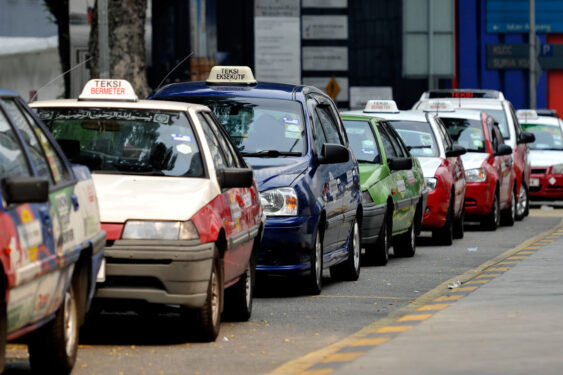
Earlier, LondonCabs.co.uk had ranked Kuala Lumpur as having the worst taxi drivers in the world.
In its 2015 rating, Kuala Lumpur taxi drivers remained the most notorious and were reported by many local newspapers and portals, such as “London Cabs site rates KL taxi drivers as worst in the world” and “KL cabbies the worst, says UK taxi rating site”.
Ironically, the ranking was accepted by taxi drivers, but they were quick to point fingers as reported in “KL cabbies concur ‘worst in the world’ label apt but blame SPAD” and “We’re the worst in the world, but it’s not our fault,” says Kuala Lumpur Sentral Taxi Drivers Association.
Nevertheless, training for tourism front-liners must be stepped up to prepare for a greater influx of tourists from next year and be ready to receive more than 35 million foreign visitors in 2026. In 2019, 26.1 million foreign tourists and 8.9 million foreign excursionists visited Malaysia.
The current Mesra Malaysia programme, developed in 2019, remains relevant as total tourist arrivals targeted for 2026 are the same as 2019 figures but with higher inbound tourism receipts. There are 91 Mesra Malaysia trainers certified by the Tourism, Arts and Culture Ministry.
Perhaps the name could be tweaked for sharper focus. Mesra Malaysia means warm and friendly Malaysia and that is the image we wish to project. But to achieve that, we must first get the people to be warm and friendly, so it is apt to rename the programme Mesra Malaysian.
The five main objectives of Mesra Malaysian training are:
- To enhance participants’ knowledge of the importance of tourism in Malaysia;
- To raise awareness of front-liners in both public and private sectors and the important roles they play in tourism;
- To appreciate that visitors are highly sensitive and easily affected by the quality of service or encounter;
- To empower participants with better communication skills and customer service to interact and perform better; and
- To enable participants to identify what they have learned in Mesra Malaysia and apply them immediately.
Towards the end of training, participants are required to share some of their best and worst experiences with visitors, and how they can do better should they recur. Also, they are to disclose areas they could do much better using new skills and knowledge they have acquired. – Nov 7, 2023
YS Chan is ASEAN Tourism Master Trainer, master trainer for Mesra Malaysia and Travel & Tours Enhancement Course. He is also a tourism and transport industry consultant and writer.
The views expressed are solely of the author and do not necessarily reflect those of Focus Malaysia.
Main pic credit: Unsplash/Ravin Rau


